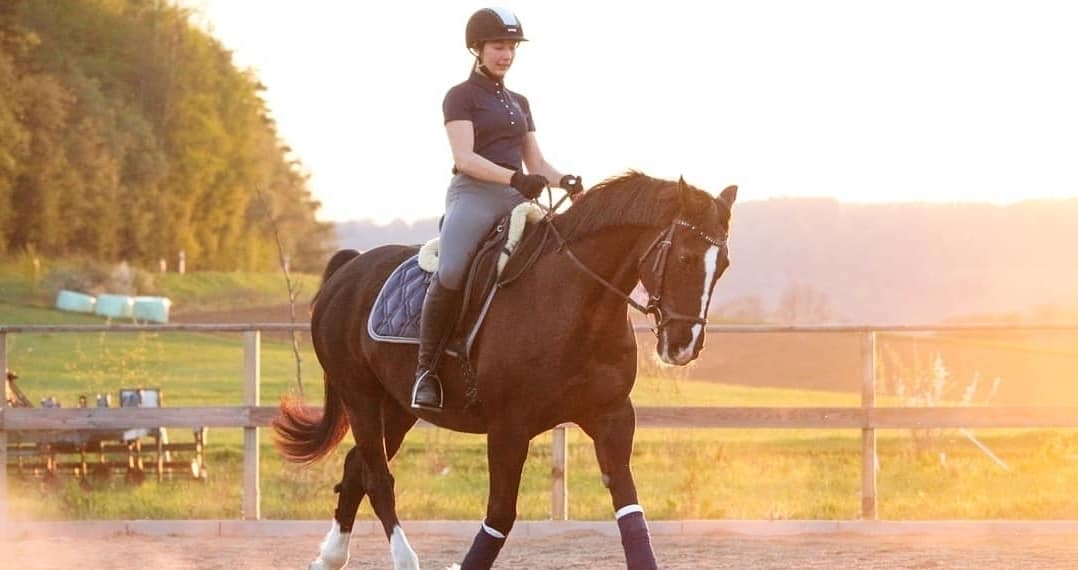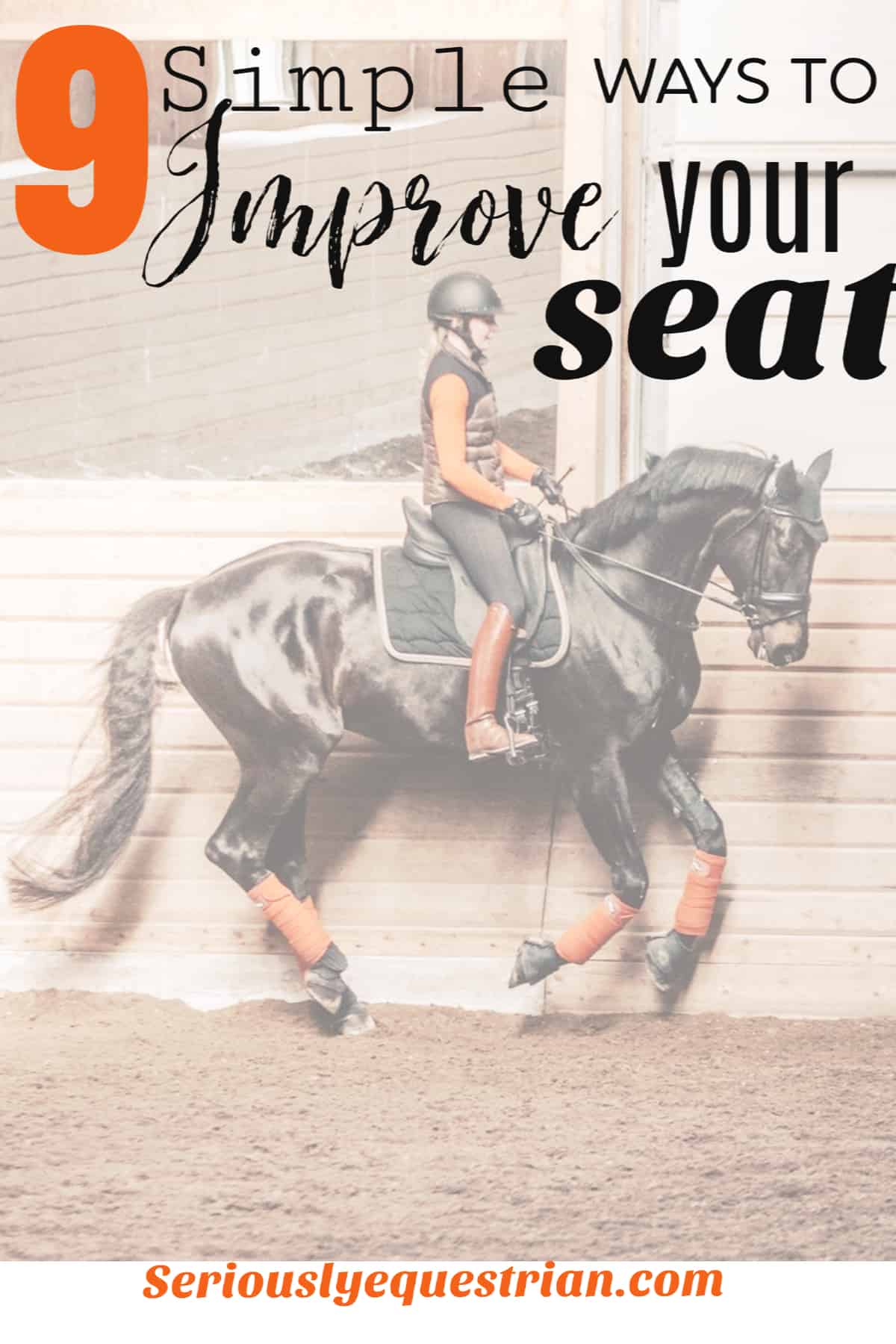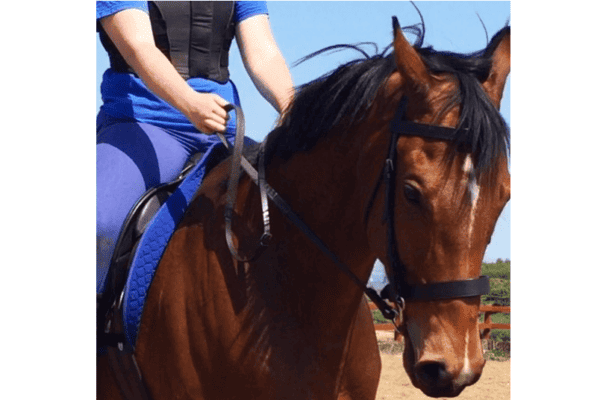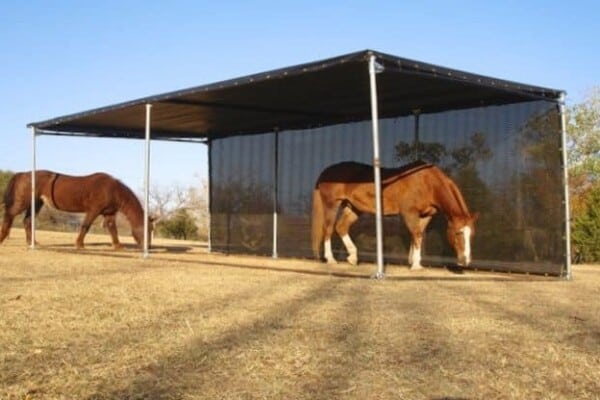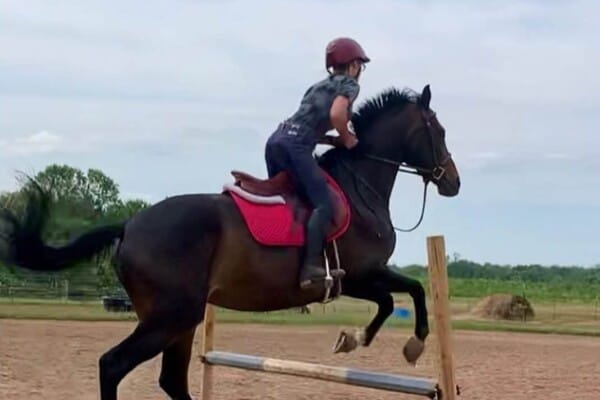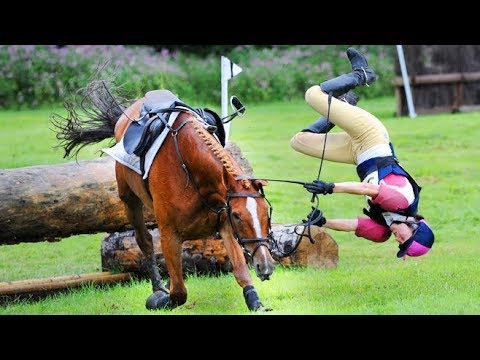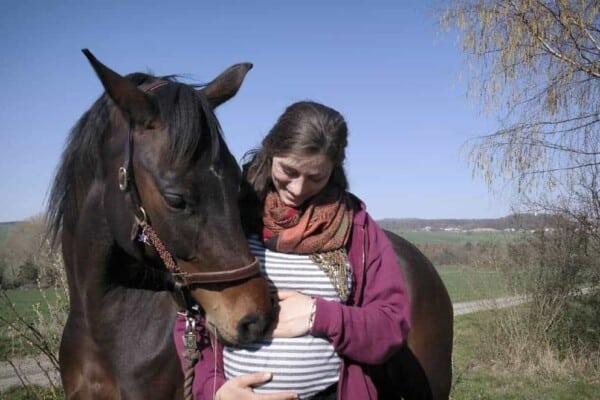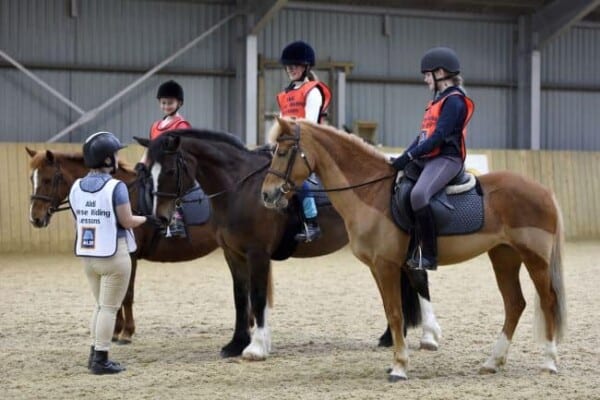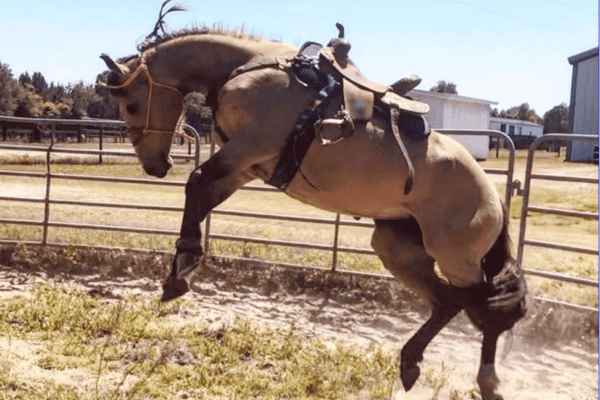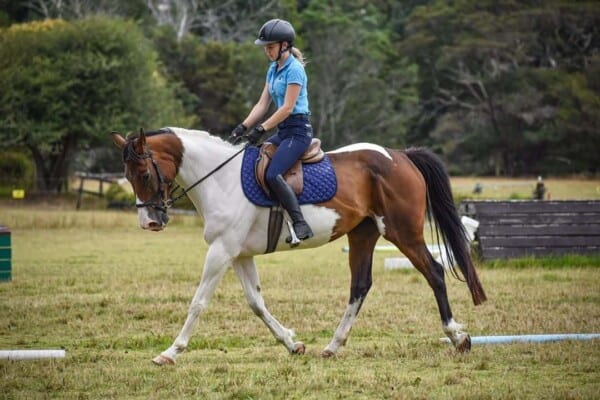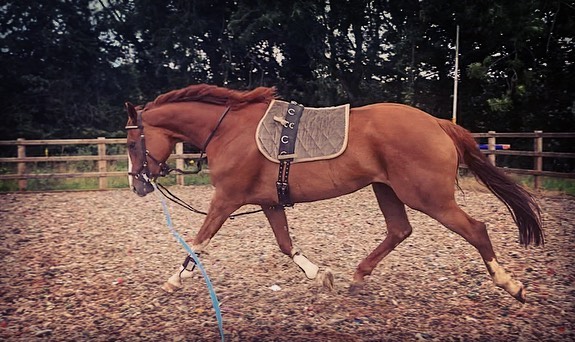The seat is frequently discussed as an essential part of good horsemanship but why is it so important to improve your seat?
A good seat when you ride not only provides balance and security but allows the rider to influence the horse effectively, developing training and bond and promoting harmony and competitive success. De Pluvinel, the great French riding master, noted for his kind and humane training of the horse, makes a key distinction between the ‘elegant rider’ and the ‘good rider’. A good seat is about effectiveness as well as how stylish you look on your horse.
Before we look at helpful ways to improve your seat, let’s just take a quick canter through some key terminology.
Understanding definitions
- The seat – how the rider sits in the saddle
- Depth of seat – how secure the rider is
- Light seat/forward seat- describes how, with a shorter stirrup, the rider is able to elevate their weight from the horse’s back either during fast work or over a jump, The angle between the rider’s hip, knee and ankle closes, the body weight is taken on the lower leg which moves forward and the fold or crease comes at the rider’s hip allowing the rider to remain in balance when the centre of gravity moves forward over a fence.
9 essential ways to improve your seat on the flat and over fences
- Improve your balance – a principle tenet of security and influence on the horse is derived from balance, termed, the independent seat. Ride different horses with contrasting ways of going and stride to improve your balance and technique.
- Work without stirrups – critical to helping develop balance and feel but not suitable for really novice riders as it tends to encourage them to hang onto the reins even more. Small amounts of work without stirrups on a suitably quiet horse in trot can really improve your seat.More established riders can work in and out of canter which is excellent for developing suppleness through the hip and allowing the rider to lower down naturally into the saddle. The main challenge is coming down through trot which is the most difficult transition to sit to with or without stirrups.
- Book some lunge lessons – a competent instructor with a suitably schooled horse can give you the opportunity to focus solely on your position without stirrups and reins, the contact being provided by side reins and the control by the instructor/handler via the lunge line. There are plenty of suppleness and gymnastic exercises to promote balance and feel in all three gaits and throughout the transitions without the rider having to worry about directing the horse, just concentrating on the feel of their response as they learn how to use their seat and back.
- Film work – if you don’t have the luxury of mirrors to help you assess your position as your ride, then ask a friend to video you.
- Short stirrup work – there is nothing as useful for strengthening the security of the lower leg when jumping and during light seat work, than riding at an appropriately short stirrup length in a forward cut saddle. Work up and down through all the transitions including in and out of walk without sitting down in the saddle.
- Stretching exercises – yoga stretches are really beneficial to open and mobilise the hip joint which allows the spine to soften and the seat to sink deeper. Stretches can be done effectively off the horse and as part of a ridden warm up or lunge lesson.
- Horse simulators – some yards have horse simulators and you can book a lesson specifically on this mechanical equine. Sensors relay information to a computer screen which allows you to assess your performance in real time with the opportunity to discuss tiny adjustments and nuances without having to manage a real live horse. Some models also offer advanced dressage programmes so you can work to improve your seat through more complicated movements.
- Study equitation – try to gain a deeper understanding of what you are trying to achieve as well as a deeper seat on the horse. Time spent in reflection and contemplation of the classical principles of riding is time well spent. Physical sensations and experiences conveyed in words can be challenging for the rider to truly understand until they are experienced and felt. Trying to fathom out the meaning of words spoken in a lesson away from the horse gives you time to really think about what you are trying to achieve.
- Rider fitness – from classical masters to current top competition riders, they will all tell you that in order to improve your seat you need a strong, supple spine supported by a core of effective abdominal muscles. Most competitive riders will enhance their riding programme by training in the gym, running or taking pilates classes to support their core.
The rider’s position is not something that loses its relevance as their ability progresses. The rider is the influence on the horse and any corrections or improvements in the horse have to be implemented by them. Therefore the effectiveness of position and the ability to positively influence the horse remain in the hands of the rider, literally. The seat does not function in isolation but it is the pivotal force that connects the other parts of the body and dictates how the horse moves.
Top Tip
If you are riding without stirrups, never hold your toe up and your leg in position. This is a widely held misconception. Relax the leg even if the toe is pointing slightly downwards. If you hold the toe up in the absence of the stirrup, you will lock the knee and close the hip. It will then be almost impossible to sit on the horse correctly and allow your spine to move freely with the horse.

